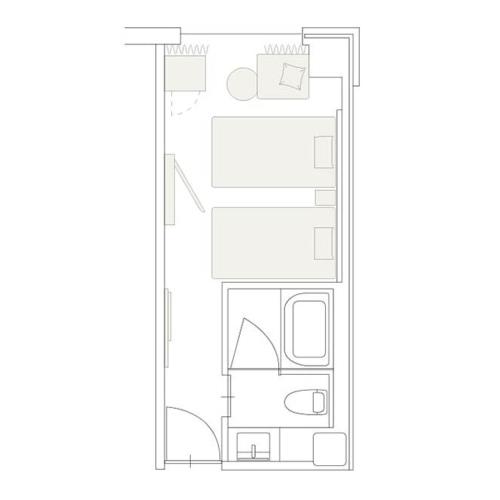Seisonkaku
menuMenu
Seisonkaku, designated as an Important Cultural Property of Japan, is a prime example of a daimyo (feudal lord's) residence from the late Edo period. Its elegant appearance, a stunning blend of Shoin-zukuri and Sukiya-zukuri styles, is a must-see!










Highlights
- A prime example of a daimyo residence from the late Edo period
- A fusion of Shoin-zukuri and Sukiya-zukuri architectural styles
- Designated as an Important Cultural Property of Japan
- Exhibitions as a history museum
- The beautiful adjacent Hiryutei Garden
Basic Information
- Address
- 1-2 Kenrokucho, Kanazawa City, Ishikawa Prefecture Search for tourist attractions in Ishikawa
- Access
- From Kanazawa Station, take the Hokutetsu Railway or Hokutetsu Kanazawa Bus (Hokutetsu Bus) to “Demachi” and walk 3 minutes. You can also take the Kanazawa Furatto Bus (Kikukawa Route) to the “Kenritsu Bijutsukan・Kokuritsu Kogeikan” bus stop. While there is a Hokutetsu Railway bus stop, “Kenritsu Bijutsukan・Seisonkaku,” in front of the main gate, since April 2021, only the Kanazawa Light-Up Bus, operating on specific nights, stops there. A sign indicating a regular tour bus stop is also located here. === By Car === Approximately 20 minutes by car from the Kanazawa-Nishi Interchange or Kanazawa-Higashi Interchange on the Hokuriku Expressway. Show route
- Op.Hours
- 9:00 AM - 5:00 PM (Last entry 4:30 PM)
- Cld.Days
- Wednesday
- Fee
- Adults (High school students and above) ¥500 Children (Junior high school students and below) ¥300
- INFO
- Photography is permitted inside the building, but please refrain from using flash photography.
Overview
Recommended nearby attractions
Kaga Honda Museum

A museum exhibiting the precious collection of the Honda family, senior retainers of the Kaga Domain. Experience the samurai culture and feel the weight of history!
Tendoin Temple

Tendoin Temple, known as the family temple of the Maeda clan, the rulers of Kaga, boasts many highlights, including a five-storied pagoda designated as an Important Cultural Property of Japan!
Kanazawa Castle Park

Kanazawa Castle Park is a vast park built on the site of the former Kanazawa Castle, the residence of the Kaga Maeda Clan. It boasts many highlights, including restored castle structures and the stunning Yuishininmaru Garden, ablaze with seasonal flowers.
Nomura Family Samurai Residence Site

The former residence of the Nomura family, high-ranking retainers of the Kaga clan. Elegant buildings and a picturesque garden harmoniously blend, vividly preserving the atmosphere of the past.
Kanazawa Nohgaku Museum

A museum where you can experience the world of Noh, Kanazawa's traditional performing art.
Open-Air Museum Gassho-style Farmhouses

An open-air museum showcasing relocated gassho-style farmhouses of Shirakawa-go. Experience traditional architecture and lifestyles firsthand.
Kitaya Residence

A national Important Cultural Property where you can experience traditional Kaga Machiya architecture.
Nagase House

Step back in time and witness the lifestyle of doctors in this 130-year-old gassho-style house. The five-story interior is truly impressive!
Kenrokuen Garden

Kenrokuen Garden is a breathtaking landscape of ponds, hills, lush greenery, and seasonal flowers, truly embodying the essence of Japanese beauty.
Ishikawa Prefectural Museum of History

A captivating museum housed in a red-brick building, a designated Important Cultural Property of Japan, located in Kanazawa's cultural zone. Experience Ishikawa's history and culture.
Nearby Hotels
Free Parking] 2BR Apt. 1 mins to Kenrokuen Garden
![Free Parking] 2BR Apt. 1 mins to Kenrokuen Garden](https://pix2.agoda.net/hotelimages/13861579/0/27f7a9295be670c6170cef09c24fe58a.png?s=380x&ca=10&ce=1)
Restaurant and Inn Atsushi Kanazawa

First Hotel Kanazawa

Kikunoya Ryokan

Hotel Crown Hills Kanazawa

Kanazawa Hakuchoro Hotel Sanraku

Kanata Machiya House

Korinkyo

Kaname Inn Tatemachi

Town Hotel 41

